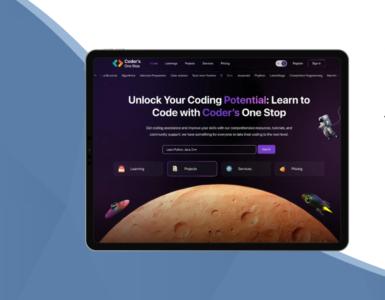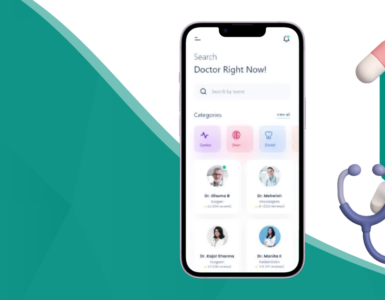We crave it all, don’t we? A short development cycle, fast deployment, and good app performances. But do we think about creating apps that provide superior user experience, or apps that can perform on more than one platform and are faster to develop?
What is React Native?
React native is an app framework developed by Face book. With the help of this framework, you aren’t developing a “mobile web app” or a “hybrid app.” Furthermore, React Native app development allows you to develop real mobile apps, apps that are created by using either Swift or Java. It employs the same fundamental UI building blocks as used in both iOS and Android. However, these building blocks are put together with the help of both React Native and JavaScript.
Facebook’s React native user interface (UI) design framework is considered to be one of the front lines of this technology. React Native is like a partnership between everything you’re used to from React on the internet and the perks of native applications. Additionally, It offers you the speed, precision, and the feel of native applications while holding on to what you are used to from React on the web, for example, fast development cycles and declarative self-contained user interface (UI) components.
Why React Native Still Matters in 2025
React Native has evolved significantly, now supporting new architecture (Fabric), TurboModules, and tighter TypeScript and ESNext integration. With regular updates and a massive community, it’s no longer a compromise—it’s a competitive choice for cross-platform development.
Key modern improvements include:
- Improved performance and native feel
- Advanced debugging tools
- Seamless integration with native modules and third-party libraries
- Better compatibility with modern UI/UX trends
React Native vs. React (Web)
While both share the React philosophy and component model, React Native isn’t just React for mobile. It doesn’t use HTML or CSS. Instead, it maps components like <View> and <Text> to native platform UI elements.
If you’re already familiar with React’s basics—like JSX, props, state, and hooks—transitioning to React Native is smooth. You’ll just need to learn the React Native-specific components and APIs (like ScrollView, FlatList, or StyleSheet).

How does React Native work?
At its core, React Native runs JavaScript code in a dedicated thread and communicates with native modules using a bridge. However, with the advent of the new architecture (JSI + Fabric), React Native now enables synchronous and high-performance communication with the native layer—making apps faster and smoother than ever.
Whether you’re coming from a web background or native development, you’ll find React Native intuitive, especially with tools like Expo, React Navigation, and Metro bundler simplifying the experience.
Top Benefits of React Native in 2025
✅ One Codebase, Two Platforms
Write once, deploy to both iOS and Android. This reduces cost, effort, and maintenance.
⚡ Hot & Fast Refresh
Instant updates to your app as you edit code—without restarting the app or losing state.
🔁 Seamless Native Integration
Need more performance or advanced device access? Drop into native Swift, Kotlin, or Objective-C code anytime.
🔗 Reuse Existing Code
Have an old Cordova or Ionic app? You can plug React Native components into existing projects or reuse logic and APIs.
📱 Near-Native Performance
React Native apps today can match native apps in performance, thanks to async rendering, better animations, and tighter native bindings.
🌍 Web + Mobile Reusability
With tools like React Native Web, you can even share business logic and UI components between mobile and web apps.
When to Use React Native
React Native is a smart choice for most mobile apps—especially if:
- You’re building MVPs or prototypes
- Your app logic is UI or data-driven
- You want faster time-to-market
- You have a lean team with React/web experience
However, for complex apps requiring deep native integrations (like high-end games, heavy 3D processing, or camera-first apps), you might need native development or advanced bridging.
Conclusion
React Native in 2025 is not just a convenience—it’s a powerful, production-grade framework used by global giants like Instagram, Shopify, Tesla, and Discord. It’s ideal for businesses and developers looking to build fast, scale efficiently, and deliver a consistent user experience across platforms.
While it’s not a one-size-fits-all solution, for the majority of apps, React Native offers the perfect balance between productivity, performance, and maintainability.
























